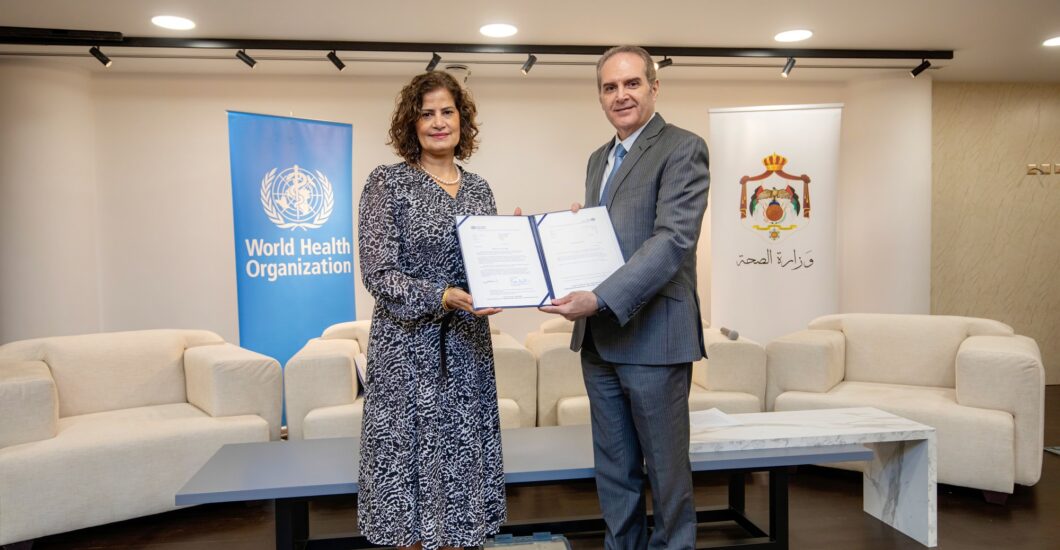NLR Highlights 2024
Here are NLR’s top 10 highlights of 2024 (random order).
PEP++ teams complete the intake of two trials in 2024′ (PEP++) project
In the first half of 2024, the Stop the Transmission of Leprosy! (PEP++) Project countries (India, Brazil, Nepal and Bangladesh) successfully achieved the two most important milestones in the recruitment phase of the PEP++ clinical trial:
- The full trial sample was reached and surpassed: The field trial enrolment was closed in May with over 169,000 close contacts of persons affected by leprosy receiving preventive treatment. This total is 5% over the minimum sample size and reflects the hard work and operational adjustments of all the teams over the past years.
- The targets for the 2nd and 3rd doses of PEP++ were achieved: All the repeated doses of the new treatment were distributed by the end of May 2024. The research teams in the four countries surpassed the targets of 80% of intervention contacts receiving all three doses of PEP++ and 90% having at least two doses.
The main highlight in the second half of the year was the completion of the blanket campaign trial in India and Nepal. Including partial results from Bangladesh, almost 162,000 community contacts in areas of high-risk in these three countries received SDR-PEP. The interventions were based on the mapping of retrospective cases in the districts over the past seven years as part of the wider study. We are confident that the combination of the PEP++ clinical trial and the blanket campaign trial will lead to sharp decline in transmission in these six South Asian districts. This project is possible thanks to the strong partnership with the Dutch Postcode Lottery and The Leprosy Mission International.
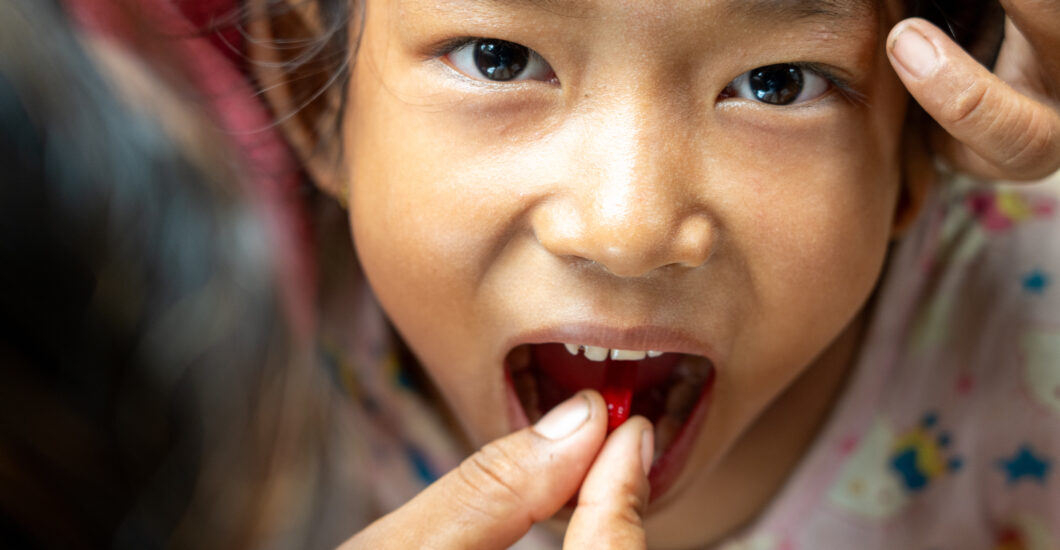
Moving from PEP4LEP to PEP4LEP2.0: study successes and expanding our work
In March 2024 PEP4LEP[1] data collection in Ethiopia, Mozambique and Tanzania was completed, followed by the launch of PEP4LEP2.0. This succeeding project received funding from the Global Health EDCTP3 Joint Undertaking, which was established under the European Union’s research and innovation programme Horizon Europe. PEP4LEP 2.0 will run for the period of April 2024 – March 2026, to achieve the objectives of PEP4LEP and perform additional scientific work. This entails including more study participants and studying new objectives, like understanding the process of organizing community skin screening events (“skin camps”) and overcoming the effect of COVID-19 and other delays on the PEP4LEP study. Furthermore, additional mathematical computer modelling will be undertaken to gain more insights into the full effects of the project. New open-access publications in medical journals are expected soon!
From the PEP4LEP project, a couple of observations were made such as that both the skin camp and the health centre-based approach are effective in terms of leprosy detection, finding 268 new leprosy patients in all three countries combined. In addition, in both interventions the acceptance rate of SDR-PEP was very high. Another interesting observation is that the integrated screening approach for skin diseases led to high percentages of contacts diagnosed with one or more skin diseases in the skin camps (48.7%) and in the health centres (11.5%). Especially in the skin camps, many other skin conditions than leprosy were diagnosed and treated, such as fungal diseases, scabies and eczema. These and other preliminary findings are stemming the PEP4LEP team enthusiastic about the impact of the project on prevention of leprosy and the potential effective avenues for identifying and preventing new patients with leprosy and other skin conditions. Another success from 2024 was the publication of two articles. The first highlighted the NLR SkinApp, a mobile application designed to support health workers in diagnosing skin diseases. The second article focused on further testing a questionnaire developed to estimate the case detection delay—the period between the onset of leprosy symptoms and the patient receiving a diagnosis. An additional scientific achievement was that two PhD students, in Ethiopia and the Netherlands, finalized their thesis and obtained the associated degree!
More information about these projects can be found here!
[1] Funded by the European & Developing Countries Clinical Trials Partnership (EDCTP2) / European Union (EU) and Leprosy Research Initiative (LRI).
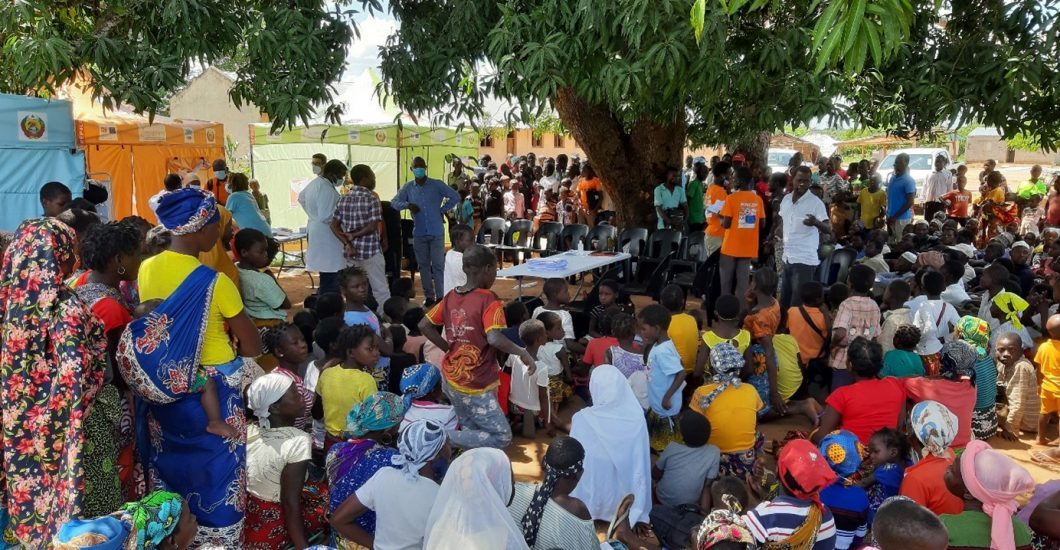
Ready4PEP: sharing lessons learnt from a successful 5-year project on leprosy prevention in Nigeria and Mozambique
The Ready4PEP project aimed to prepare Mozambique and Nigeria to implement and upscale screening contacts of leprosy patients and administering preventive medication (SDR-PEP). It was a collaborative effort between NLR Moçambique, LTR Nigeria and the international office of NLR. Partners in this project were the Ministries of Health (MoH), World Health Organization, ILEP-partners (TLM Mozambique, AIFO, REDAID Nigeria, TLM Nigeria, and organizations of person’s affected by leprosy and disabilities.
Through the efforts of this five-year project that concluded in 2024, significant milestones have been achieved:
- Over 3,000 people have been diagnosed with leprosy, providing them with timely access to care and support.
- More than 100 self-care groups have been established, where persons affected by leprosy and other diseases come together to practice care routines, helping to prevent disabilities and promote mental well-being.
- Nearly 40,000 close contacts of leprosy patients have received Single-Dose Rifampicin (SDR-PEP), to reduce the risk of developing and further transmitting leprosy.
- 1,960 healthcare workers have been trained to diagnose, treat, and prevent leprosy.
- The integration of SDR-PEP administration into Nigeria’s National Leprosy Guidelines and the Roadmap to Zero Leprosy 2021–2030 of both countries, setting a strong foundation for continued progress in leprosy prevention.
These achievements highlight the transformative power of Ready4PEP in reducing the burden of leprosy and empowering affected individuals and their communities. The project results were shared in a global hybrid meeting in December 2024, joined by over 100 participants from different countries, especially in Africa. Representatives of several relevant institutions and organizations were present and showed commitment to enhancing facilitators of adoption and implementation of SDR-PEP. Dr. Yves Thierry Barogui, representative of the WHO AFRO on neglected tropical diseases, who was one of the speakers during this meeting emphasized:
“By strengthening the national programmes, this project will contribute to the elimination of leprosy.”
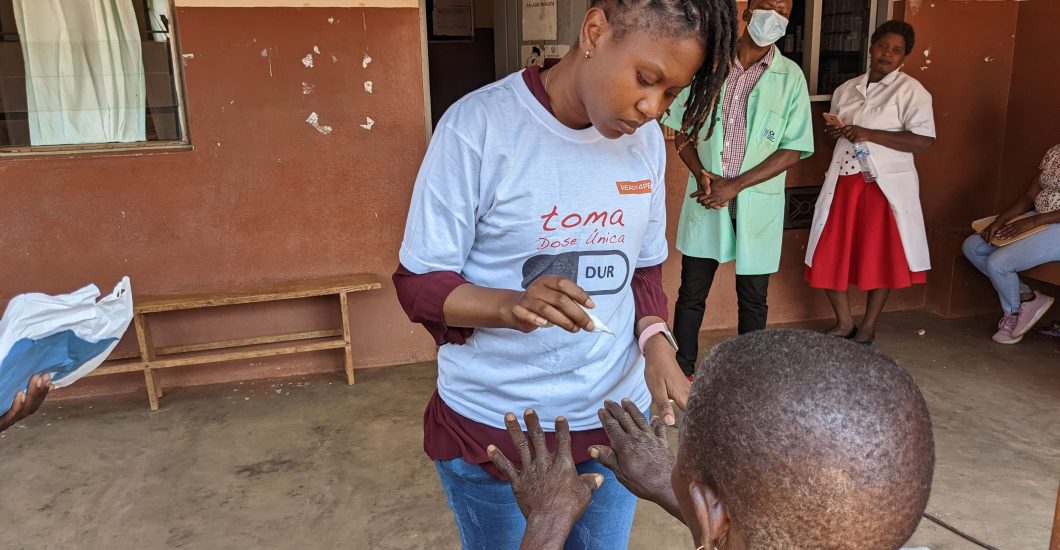
Zero Transmission Symposium in Bergen, Norway
In May 2024, the Global Partnership for Zero Leprosy (GPZL) organized a scientific symposium on stopping leprosy transmission: the Zero Transmission Symposium. The symposium was hosted by the University of Bergen, Norway. It was at this university that Dr. Gerhard Armauer Hansen discovered the leprosy bacterium, Mycobacterium leprae, in 1873. This discovery was commemorated with a special gathering in February 2013, which NLR also attended. This commemoration inspired the university to make its facilities available for the recent symposium as well.
The timing of the symposium was carefully chosen: it took place 10 years after a similar symposium was held in Houston, USA. During the Houston event, numerous research priorities were identified to fill critical gaps in knowledge and tools. The Bergen symposium aimed to take stock of the progress made since then.
The goal of the Zero Transmission Symposium was:
“To determine the current status in understanding the transmission of Mycobacterium leprae, how transmission can be measured, identify critical gaps in tools and interventions regarding transmission, and how new insights, approaches, and possibly tools can be applied to accelerate interruption of transmission in leprosy programmes.”
The symposium was organized by GPZL partners, with NLR and Leprosy Research Initiative (LRI) playing leading roles. A total of 54 participants from 21 countries attended, including scientists, program managers, individuals with personal experience of leprosy, fundraisers, and GPZL partners.
Key conclusions from the symposium were as follows:
- Significant progress has been made in interrupting the transmission of the leprosy bacterium, especially at sub-national levels.
- Once a region or country reaches a very low endemic state (Phases 2 and 3 in the Leprosy Elimination Framework), secondary cases become extremely rare.
- Diagnostic tests and infection tests are, in principle, available. These need to be used on a larger scale to gain more experience with their application.
- Active case detection is crucial and remains the only way to identify patients with clinical symptoms who are not contacts of known index cases. Integrated approaches, such as “skin camps” or combined screening with tuberculosis programs, can help achieve this.
- Large-scale contact screening is effective in reducing the incidence of leprosy, even without post-exposure prophylaxis (PEP).
In addition to these points, specific recommendations were made on how programs can more effectively implement current knowledge and tools to bring the goal of stopping transmission closer to reality.

NLR workshops at the NTD NGO Network conference in Kuala Lumpur
NLR played an important role at the NNN conference in October in Kuala Lumpur.
We organised two engaging workshops:
- The NLR Alliance, in collaboration with CBM, LSTM, TLM India, HANDS, and CHR University, co-organised a workshop on measuring stigma in routine NTD programmes. The session highlighted the importance of cultural validation, accurate translation, simplicity, and the use of qualitative methods to improve the effectiveness and accessibility of NTD stigma assessment scales.
- NLR was involved in the organisation of the Skin Health Symposium – Bridging awareness and Action Across NTDs and Beyond, as part of the NNN Skin-NTDs Cross-Cutting group and did this together with the WHO NTD Department. The symposium was well attended and encompassed various presentations, among which a presentation on the preliminary data of the PEP4LEP project, and dynamic group discussions to stimulate cross-learning on practical experiences with integrated interventions in different contexts.
During the conference, we intensified our networking activities to advance fundraising efforts. We engaged with several potential strategic funders, gathered key insights into anticipated funding opportunities and connected with potential consortium partners working towards USAID funding.
We further strengthened our relationships with key partners and enhanced our visibility within the Netherlands. We organised an INGO meeting to explore opportunities for broader collaboration, as well as a donor meeting in which NLR outlined our strategic approach to achieving the end game of leprosy elimination in partnership with others.
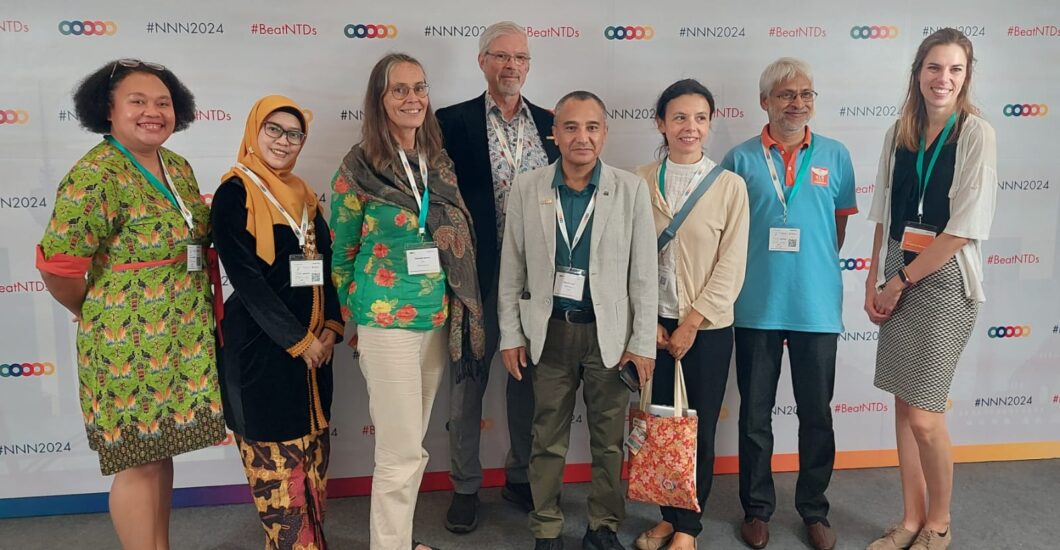
Donor Meeting in the Netherlands
In September, NLR organised a donor meeting for Dutch individual donors to show our appreciation for their support to a world free from leprosy and its consequences. In Naturalis Biodiversity Center (Museum of Natural History) in Leiden we informed the donor on leprosy, current issues and progress on specific projects they’ve contributed to. It was great to meet donors in-person and to hear from them why they feel it is so important to support our cause.
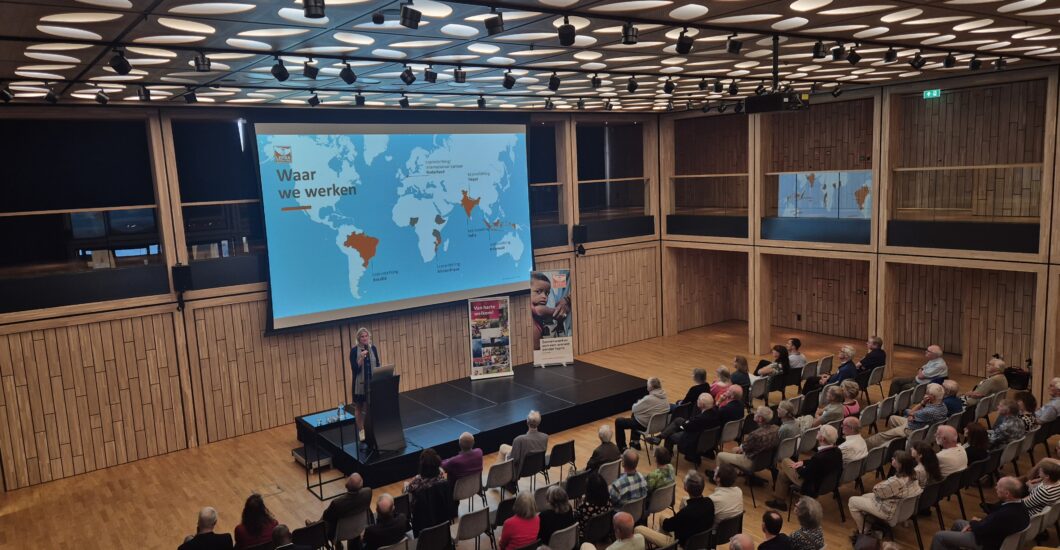
Small countries gain access to preventive medication thanks to NLR!
For small countries with limited expertise in leprosy, training healthcare workers and importing preventive medication can be a challenge. That’s why NLR has provided online training for governments and healthcare workers from Bhutan, Saint Lucia, Vanuatu, and Trinidad & Tobago. In addition, NLR has donated rifampicin to Bhutan and Saint Lucia, ensuring that contacts of persons affected by leprosy in these countries also have access to preventive medication.
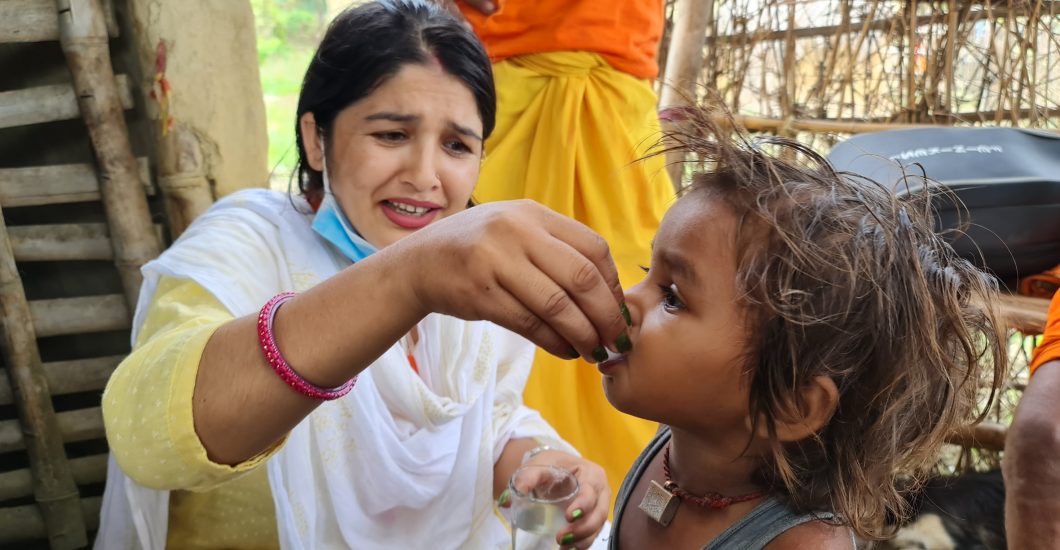
Research into an entirely new drug for leprosy
NLR is contributing to the initial stages of research into Telacebec, a promising new drug that may play an important role in the treatment and prevention of leprosy. This research marks a significant development in the search for more effective treatment options for leprosy and could help to further halt the global spread of the disease.
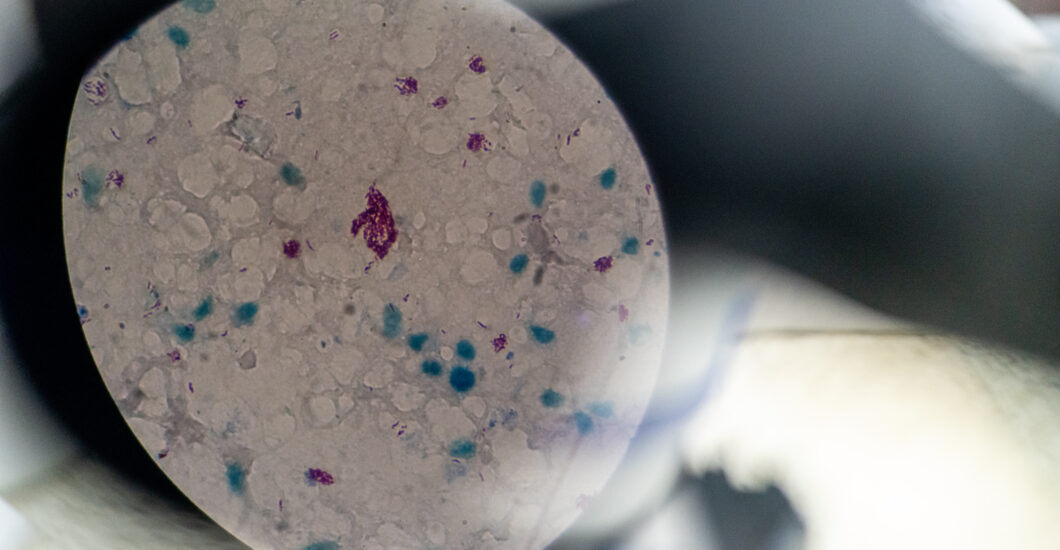
Other Global Highlights
World’s First Leprosy-Specific Vaccine Progresses to Human Trials in Brazil
October 2024 marked a significant step forward in the prevention and treatment of leprosy as American Leprosy Missions announced the start of a Phase 1b clinical trial for LepVax, a promising leprosy vaccine candidate – the first vaccine developed specifically for leprosy. The goal of the Phase 1b trial is to show vaccine safety and an immune response in healthy people in a leprosy-endemic area of Brazil.
The Phase 1b clinical trial will be conducted by the Oswaldo Cruz Institute of the Oswaldo Cruz Foundation (IOC/Fiocruz), the most prominent institution of science and technology in health in Latin America, attached to the Brazilian Ministry of Health.
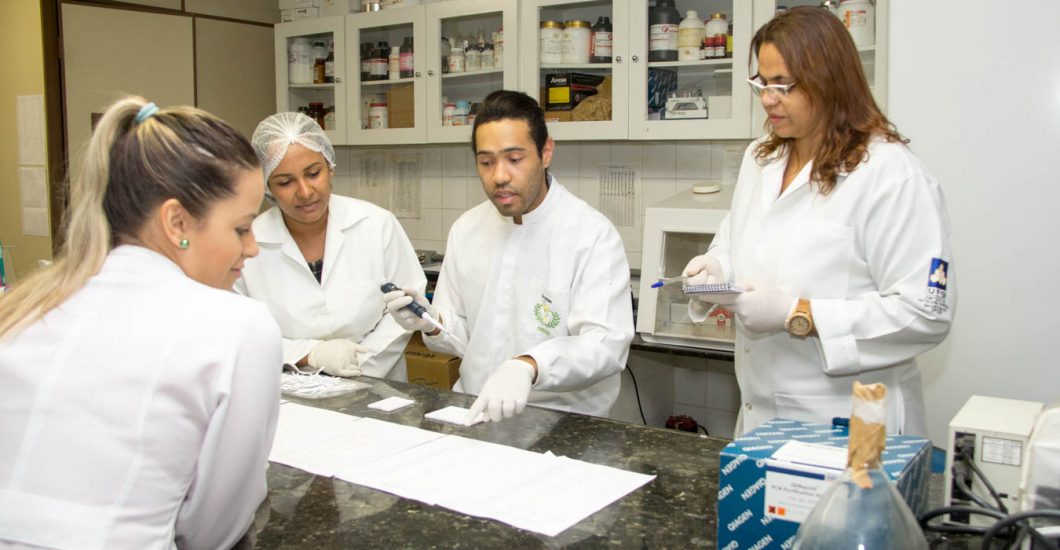
Jordan recognized by WHO as first country in the world to eradicate leprosy
For the first time in history, a country has completely eliminated leprosy.
The Hashemite Kingdom of Jordan has completed this amazing achievement, and is the first country ever to be recognized as doing so by the WHO, whose Director-General, Dr. Tedros Adhanom Ghebreyesus, congratulated the nation for their diligent work on behalf of their citizenry.
Jordan’s success in targeting transmission saw the country go without any reported autochthonous cases of leprosy for over two decades, and after a thorough review by the WHO investigation team, it was awarded the distinction of being the first to eliminate the disease entirely.
